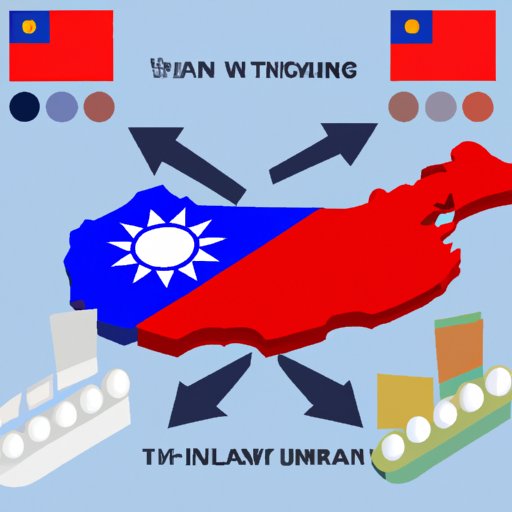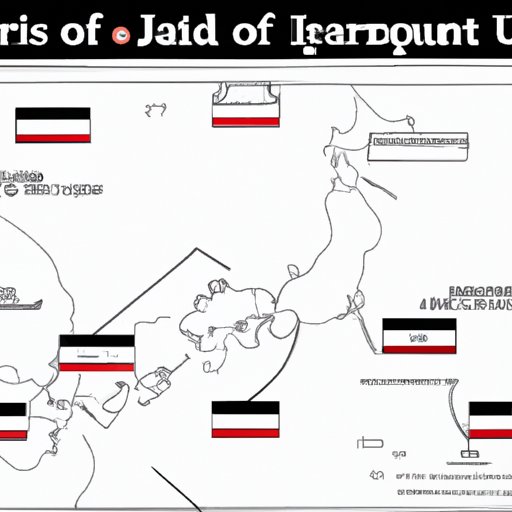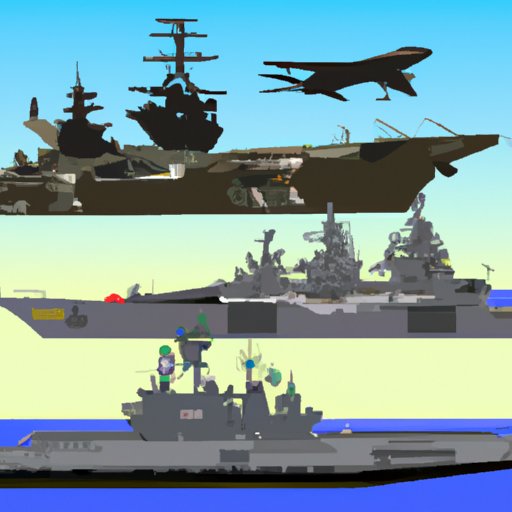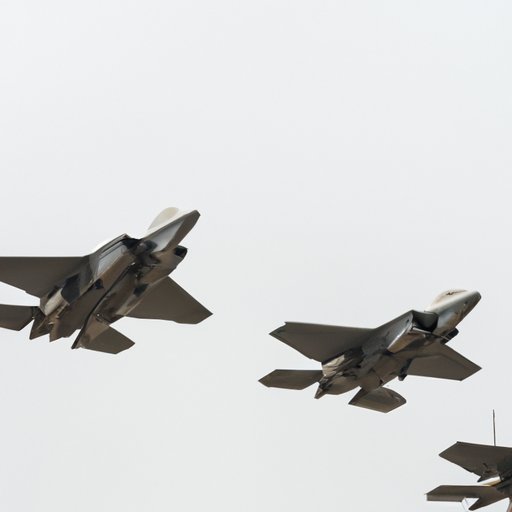This article explores the reasons behind the Soviet Union’s decision to join forces with the Allies during WWII, exploring the historical context, strategic importance of allies, and military strategy. It argues that the Soviet Union’s decision was driven by a complex set of factors and was instrumental in defeating Nazi Germany.
The Current Numbers of Generals in Russia: Facts and Figures
Gain insights into the current numbers of generals in Russia’s military and how understanding their roles can have far-reaching implications for policymakers around the world. Explore how Russia’s generals have evolved over time and what their actions could mean for international relations.
Why Does China Want to Invade Taiwan? Examining Political, Military, and Economic Motivations
What motivates China’s desire to invade Taiwan? This article explores the complex political, military, and economic factors underlying China’s ambitions. It also considers the cultural and nationalistic attitudes that fuel this desire, along with the potential international implications and consequences of a conflict.
The Factors that Led to Japan’s Surrender: An In-depth Look at the end of World War II
Understanding the reasons that led to Japan’s surrender is crucial to gaining insights into the war’s outcome and shaping geopolitical relationships in the post-war world. Read an in-depth look at the factors that led to Japan’s surrender at the end of World War II.
Why did France fall so easily to the Nazis: Understanding the Main Causes
This article explores the reasons behind France’s fall to Nazi Germany. While it provides insight into cultural factors and political leadership, it sheds light on the crucial role of underpreparedness and Germany’s strategic advantage.
Why Did the Schlieffen Plan Fail? Analyzing the Tactical Errors and Unforeseen Events of WWI
This article explores why the Schlieffen Plan, a war strategy created by Germany in 1905, ultimately failed during World War I. It examines specific tactical errors, communication and intelligence gathering issues, and unforeseen events that contributed to the demise of the plan. Additionally, it discusses the consequences of the plan’s failure, including changes to military and political strategies.
How Many Aircraft Carriers Does China Have? Exploring China’s Naval Power
This article explores China’s aircraft carrier fleet, including how many carriers they currently have, their strategic implications, and their long-term goals for the fleet.
The U.S. Decision to Enter World War 1: Exploring the Historical, Political, Military, Economic, and Global Factors
Explore the historical, political, military, economic, and global factors that led to the U.S.’ entry into World War 1, and its significance in shaping the trajectory of the 20th century and beyond.
How Many F-35s Does the US Have? An In-Depth Look at the US Inventory
What is the current status of the US F-35 inventory? How many of these advanced fighter jets does the US actually have? Explore the US’s F-35 inventory, deployment, manufacturing, and its role in the US military’s broader strategy in this in-depth article.
Why Did the US Join World War II: Understanding the Factors and Impact
This article explores the factors that led to US involvement in World War II, from political context to Pearl Harbor and public opinion. Analyzing the military strategy and women’s contributions, this article aims to understand the long-term impact of the war on US society, culture, and politics, as well as the world order.









